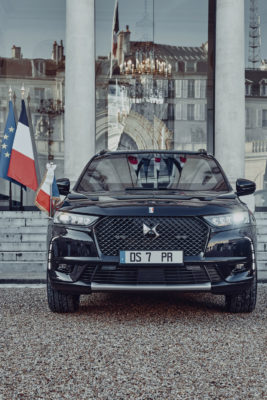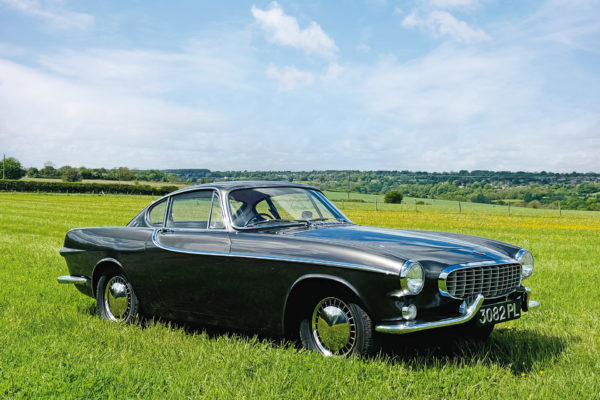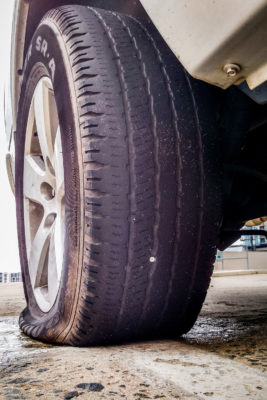Does The Electrified Hybrid Live Up To The Best-Selling Honda Civic?
By
6 months ago
Tranquil and unfussy: Jeremy Taylor and Jessica Talbot-Ponsonby drive a no-nonsense Honda Civic eHEV
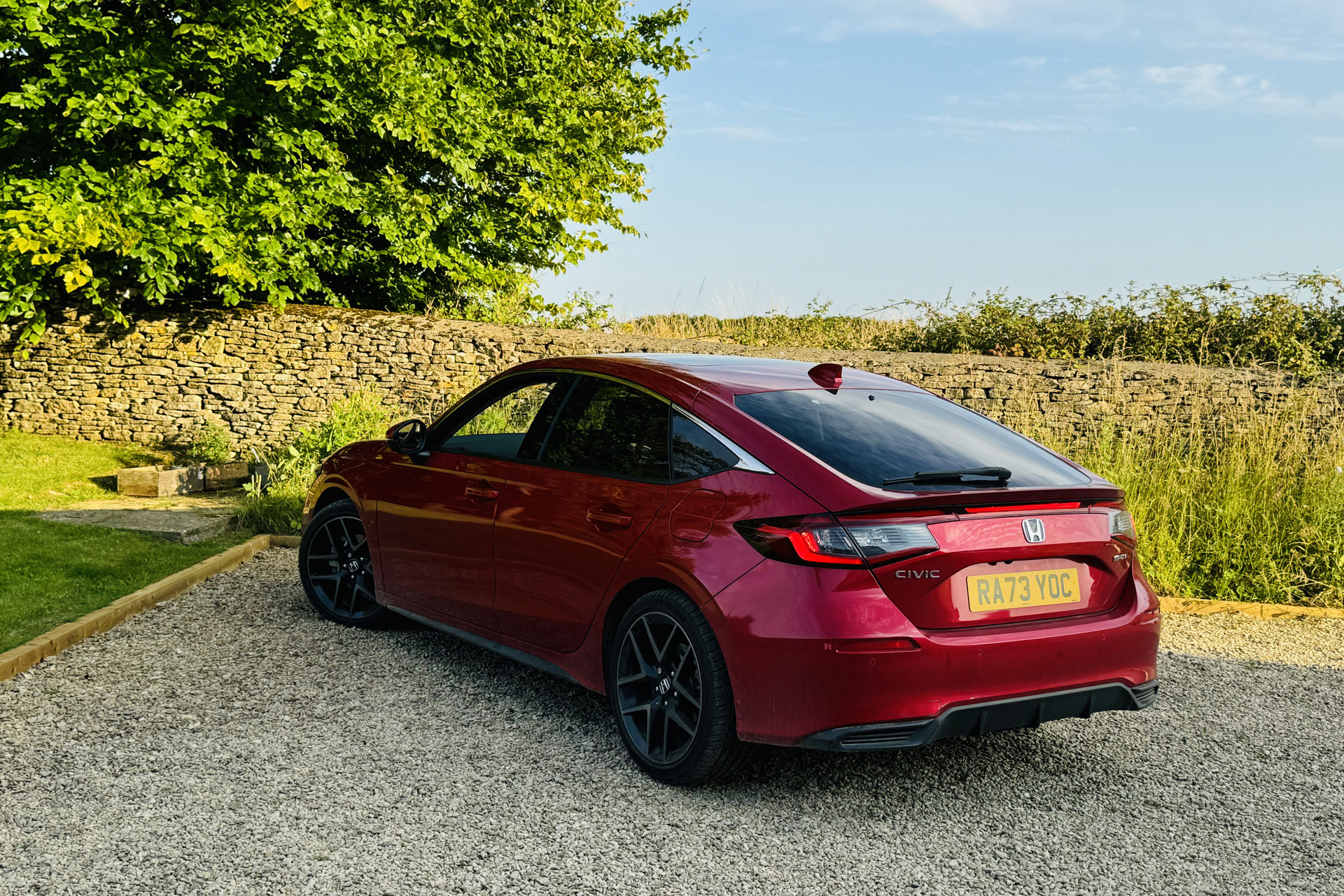
The Honda Civic is in the top ten list of best-selling cars of all time. Motoring editor Jeremy Taylor and sustainable fashion expert Jessica Talbot-Ponsonby drive the eHEV electrified hybrid.
Long Term Test: Honda Civic eHEV
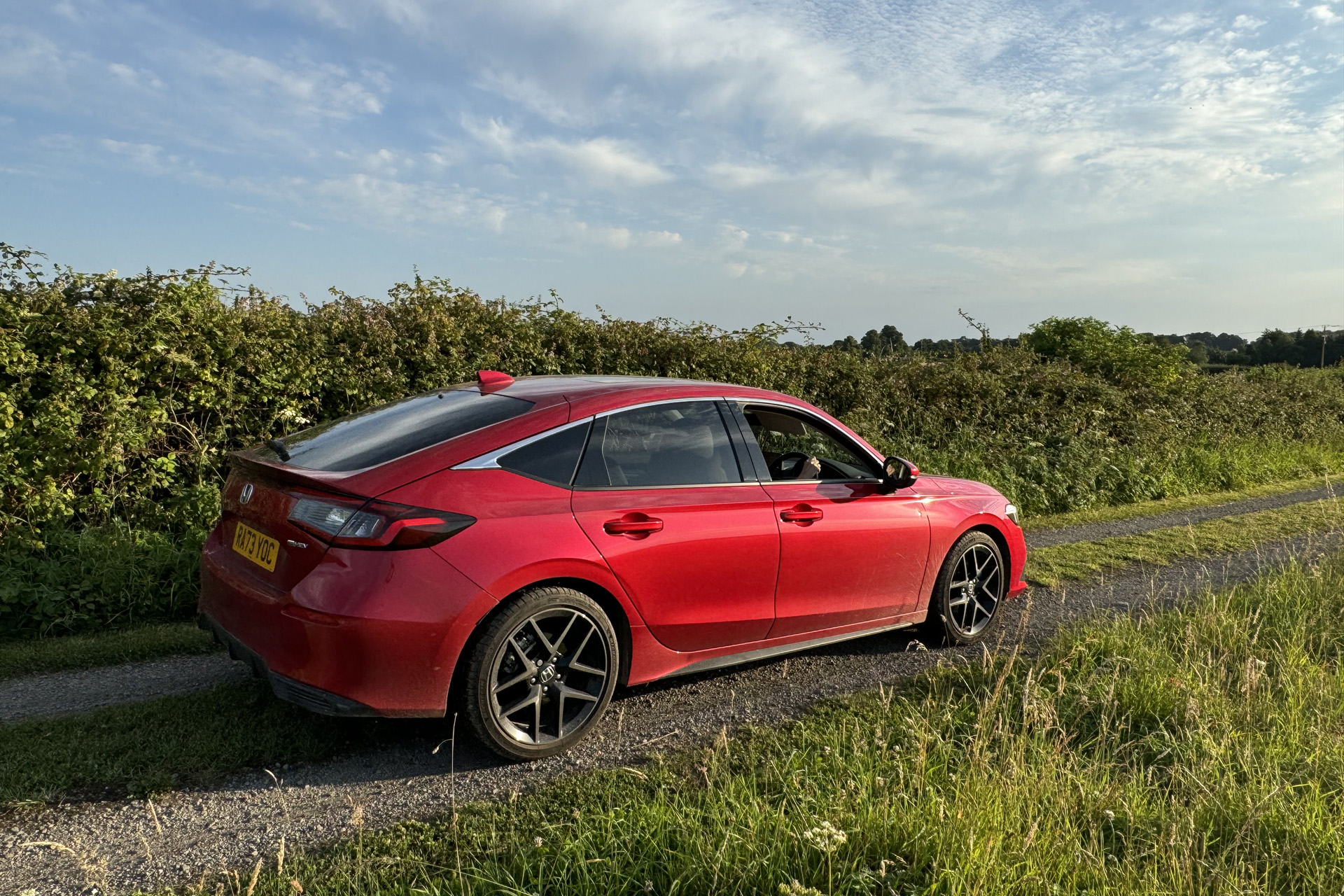
First Impressions
J-TP – Is that true – the Civic has been an all-time, top-selling success for Honda?
JT – Certainly is. A family favourite for decades, Civic was on the streets before the iconic VW Golf and has amassed more than 25 million sales around the world.
Why do you think it’s been so popular with drivers for decades?
The Civic was launched in 1972 and the headline was ‘we’ll get you where you’re going’. The same applies today. Honda’s hatchback is affordable, versatile and ultra-dependable. There’s a sporty Type-R version too but our long-term hybrid is more about economy.
But this isn’t a plug-in hybrid – the car captures energy lost while braking and returns it to the battery, correct?
Yes and the system works really well. While most hybrids operate alongside a small engine, the eHEV has a relatively large 2.0-litre petrol unit. That allows for an exceptionally smooth driving experience.
I doubt many passengers realise there is a battery involved. The larger capacity engine means the car doesn’t roar when revved hard and yet still manages 50mpg. Honda claim it will cover over 500 miles on one tank, while emissions are a lowly 89g/km.
And first impressions are good. I also like the styling – it’s not as ‘in-yer-face’ as the previous model. The Civic shouldn’t need to shout about its credentials because it’s a tried and tested success story.
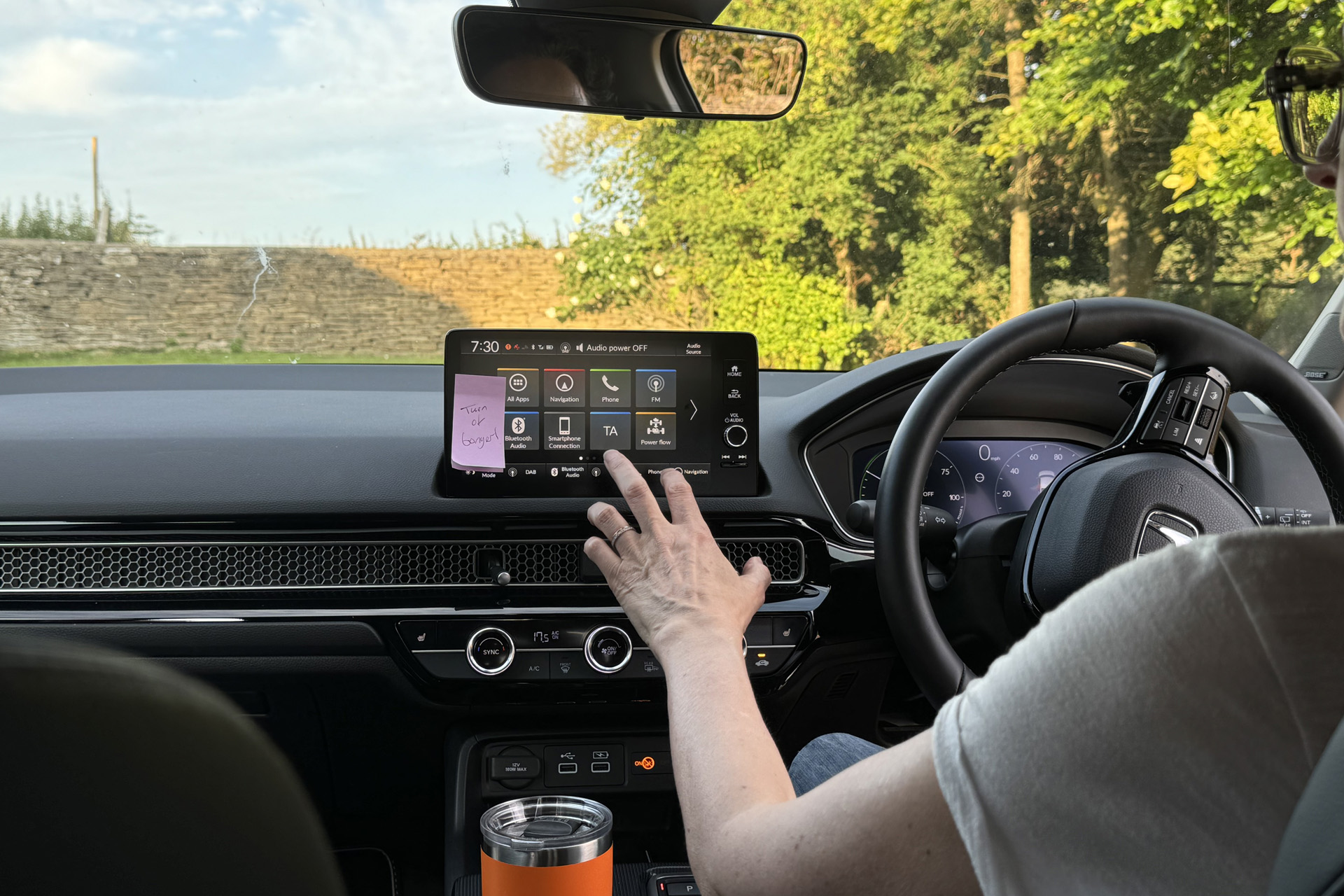
But it doesn’t exactly sparkle in the car park. Not bland but not a head-turner either. The interior is smart for a £40,000 car, unfussy and has some physical buttons to operate the most frequently used controls, like ventilation.
The infotainment screen is a little over-sensitive but the Honda does suffer from verbal diarrhoea – it just can’t stop talking. Expect aggressive bongs and alerts at the approach of any apparent danger.
Which includes a blade of grass when reversing into a field, or even when you take a hand off the steering wheel to scratch your nose. Is that why we have the post-it note on the dashboard?
That’s right – to remind me to turn off the road sign alert, otherwise it bongs annoyingly when I slip over the speed limit momentarily. And you cannot turn it off once the car is moving, even if you ask your passenger to do so.
You know, I love a post-it note. I’m surprised they aren’t stuck all over the dashboard!
The thought did cross my mind but let’s not go there. All new cars have to have these systems now but some are more discreet than others – or simply easier to turn off.
Let’s see if you have fallen a bit more in love with the Honda in a month’s time when we report again on the eHEV.
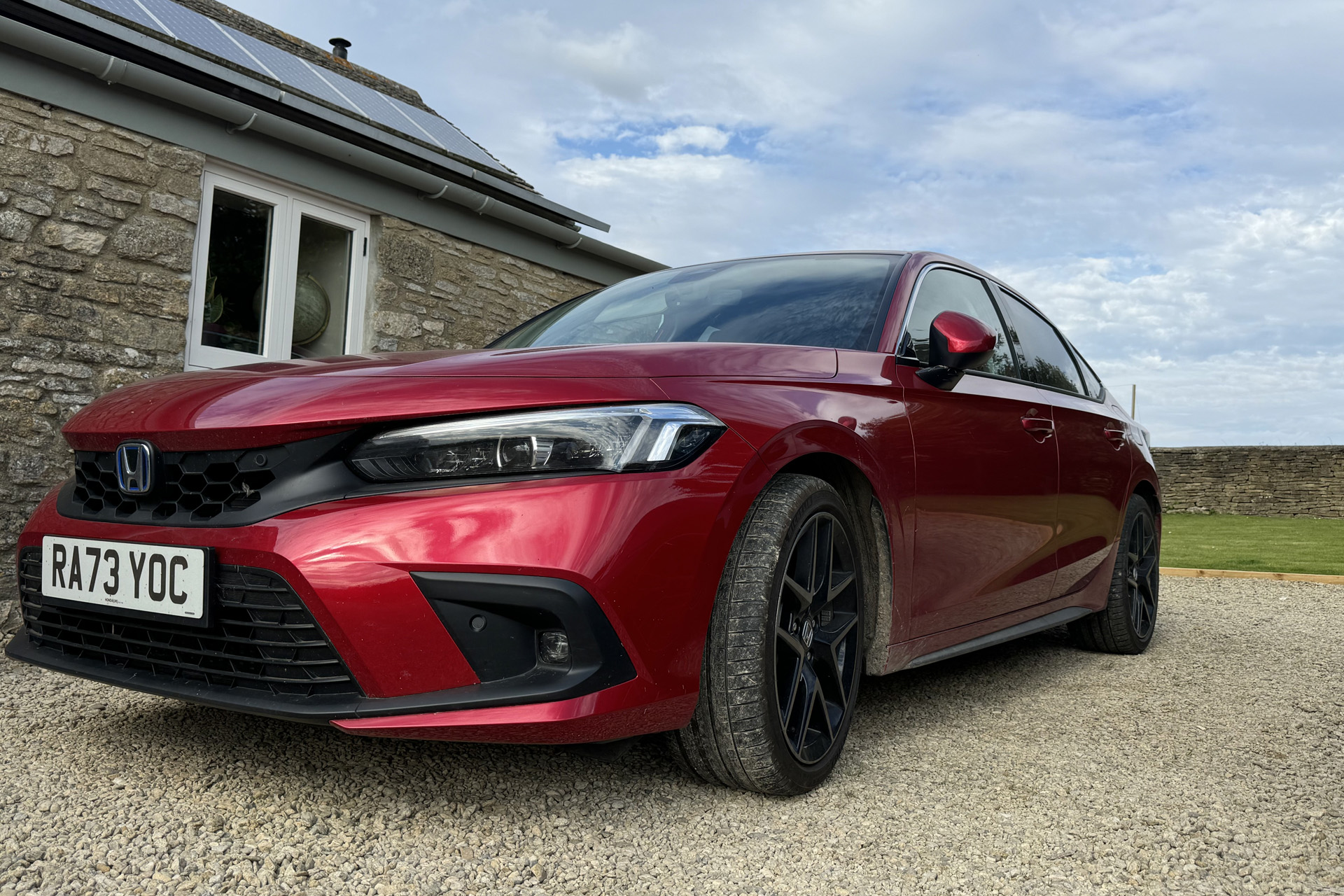
One Month Later…
JT – Despite trying to ‘coax’ some extra performance from the Civic, I seem to be managing at least 45mpg. Impressive – combining a petrol engine with a battery system does have some benefits.
J-TP – Well, I’ve managed over 55mpg on a motorway run by driving a little more carefully. No fuss, no drama. The Honda just gets the job done.
Did you know Honda has been selling hybrids for 25 years? That’s longer than other manufacturers. Do you remember last year when we wrote about the very first – the 1999 Honda Insight?
The Insight looked so ahead of its time. The aerodynamics were space age!
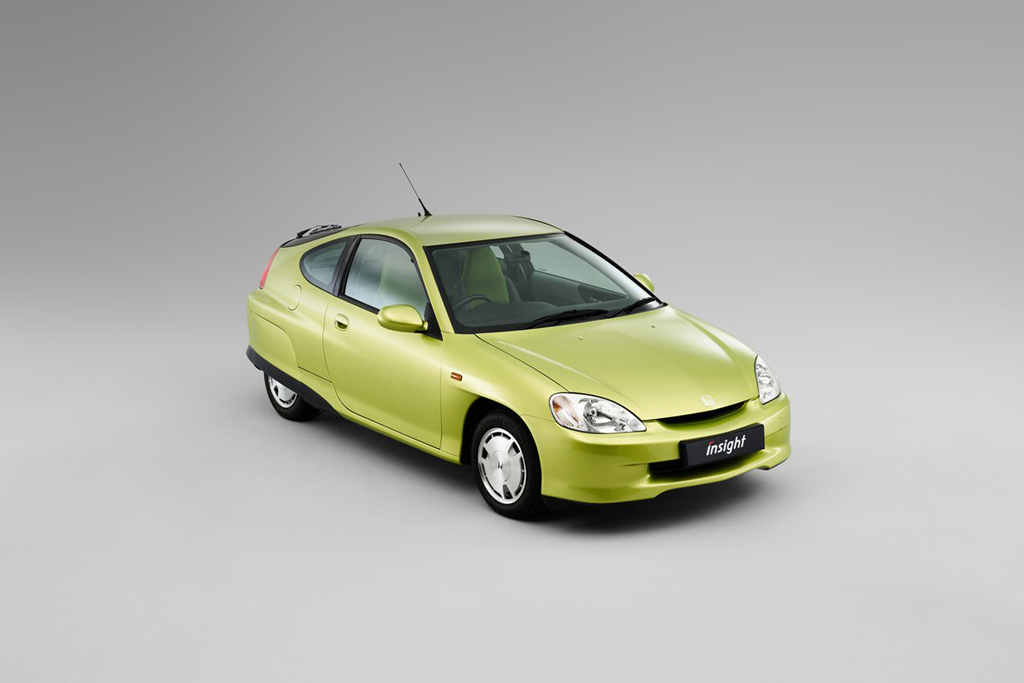
Honda Insight
Honda was a pioneer of the battery-petrol combo. Back then, the Insight was also one of the most fuel-efficient cars in the world, managing over 80mpg. Budget economy was provided by a tiny, 1.0-litre, three-cylinder petrol engine and a battery pack that took up all of the space at the rear of the cabin.
Now, of course, lots of cars can achieve that kind of mpg and the battery systems are much more efficient. They fit neatly away under the floor and don’t impact luggage space either.
Our Civic offers 410 litres in the boot, which is considerably more than the VW Golf or Ford Focus. I also found a small storage space under the boot floor, with assorted luggage tie-down points and a 12V socket for accessories.
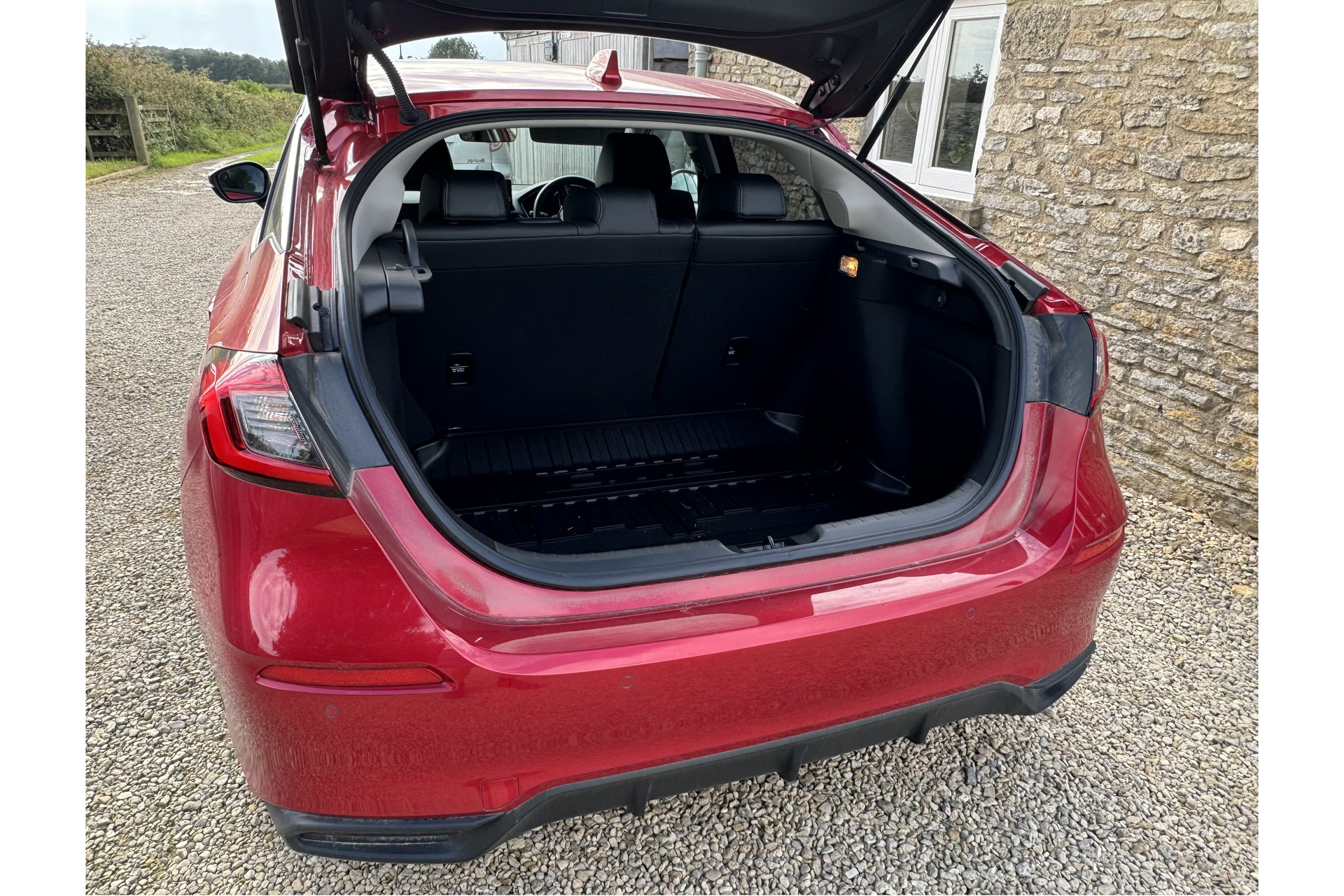
It’s just a nuisance that the rear seats don’t fold completely flat, which makes loading larger items and then pushing them forward a bit harder.
We should also say that taller backseat passengers might be impacted by the sloping roof line but on the plus side, leg room is fantastic. Lower the centre armrest for a pair of cupholders. Overall, the cabin is smart but hardly luxurious.
Yes, it’s more practical and safe – nobody could be offended by the interior but it hardly sets the pulses racing either. A sensible everyday car.
A little like batty Aunt Mina’s long-serving Honda Civic? She swears by that car!
Indeed, although at 81, she wouldn’t like all those warning systems in the Civic telling her how to drive…
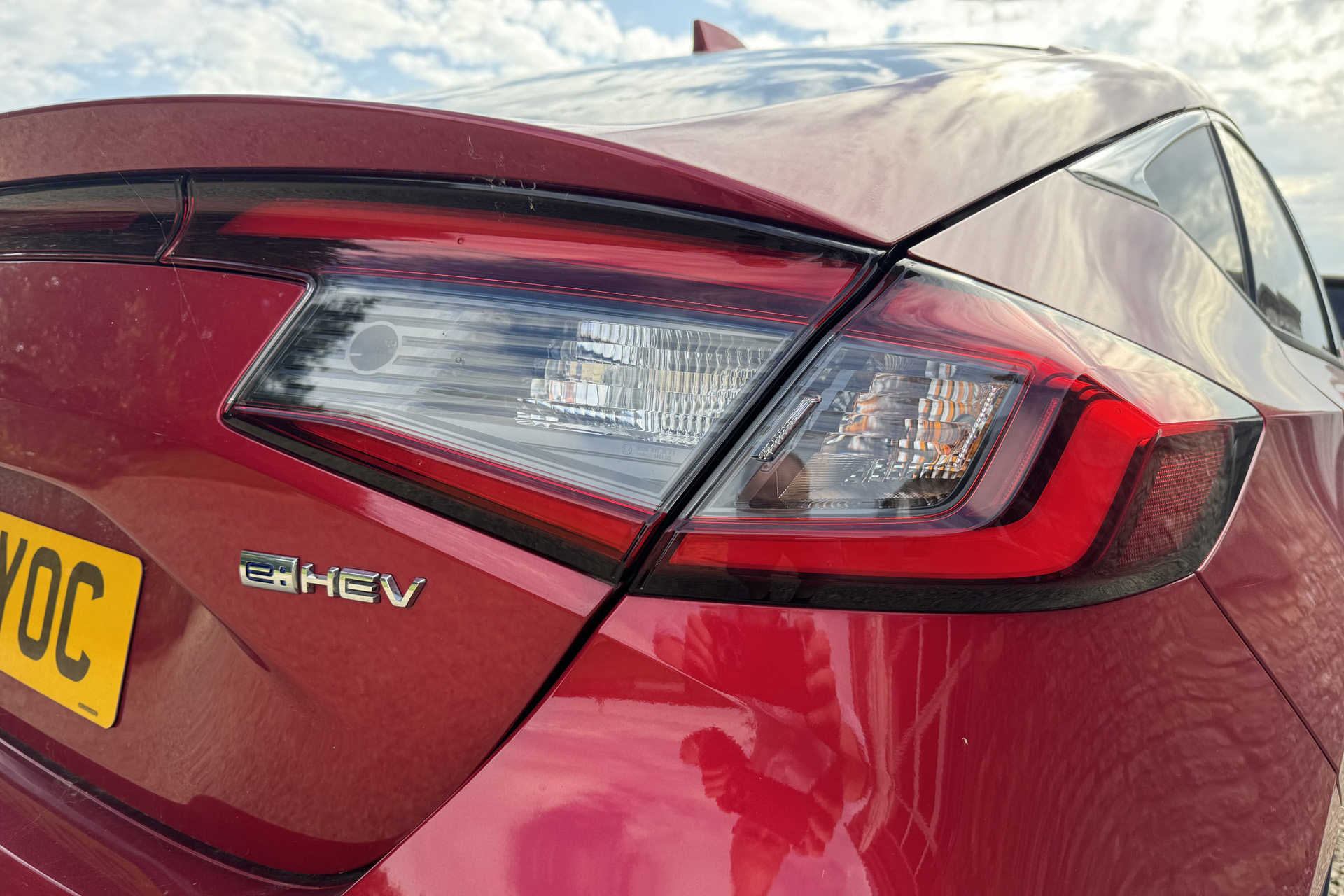
Two Months Later…
J-TP – So, we’ve just waved ‘goodbye’ to the hybrid Honda – what are your thoughts after three months?
JT – The parents of my best friend at school had a Civic when the car was born back in 1972. It was ground-breaking then – especially when you consider cars like the Ford Escort and Vauxhall Viva were the bestsellers.
The Japanese car invasion was just starting at that point. Are you saying the Civic is no longer the car it used to be?
Not at all, but now Japanese cars are battling against brilliant Korean competition from Hyundai and Kia, as well as the prospect of a flood of cheap, Chinese cars coming to the UK. Ironic those countries are doing to Japan what they did to the British car market all those years ago.
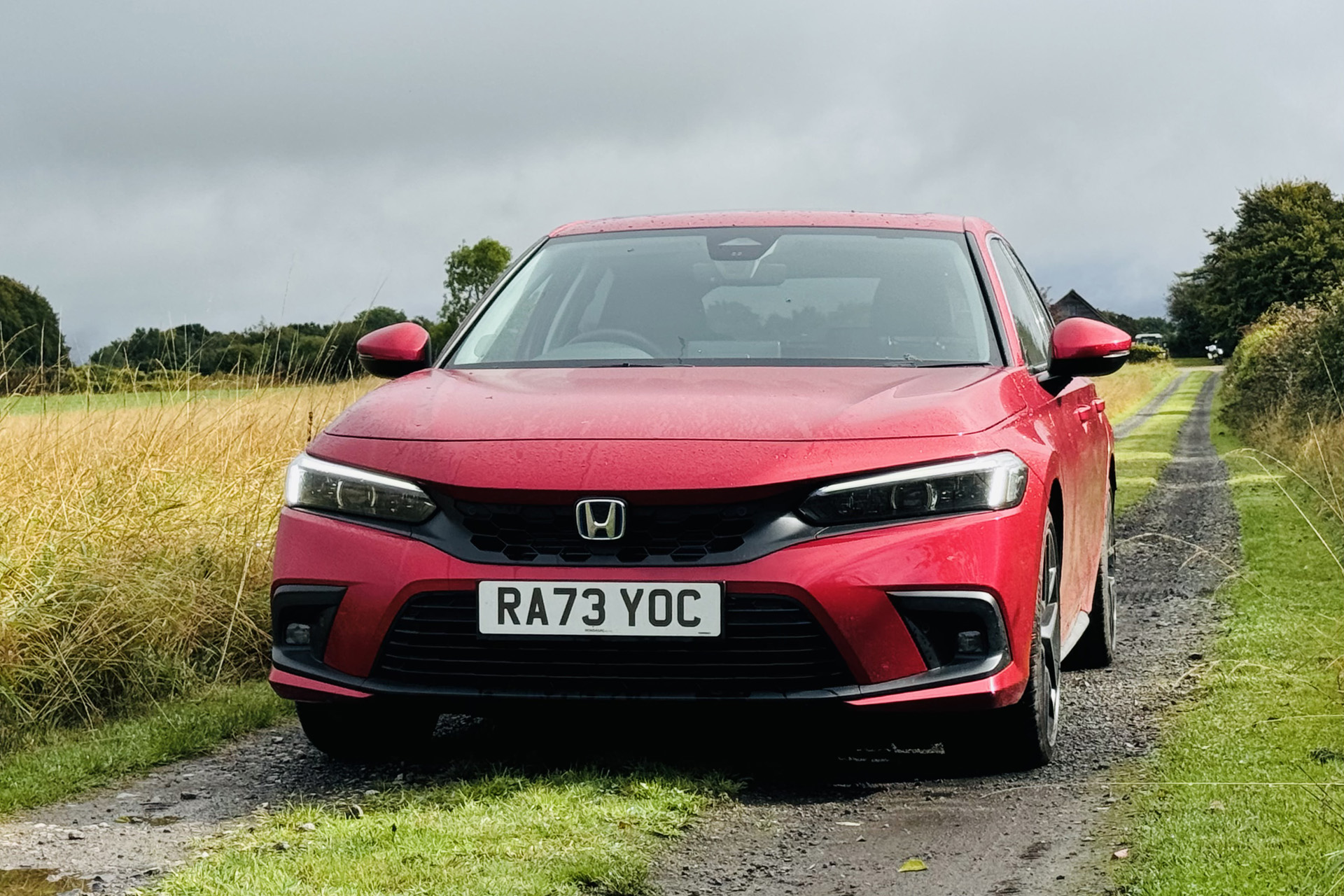
I think I’ve warmed to the Civic – you just have to accept it’s a practical, comfortable and reliable car, rather than a sporty head-turner. More an attractive hatchback with lots of standard equipment – if a little too chatty when it comes to warning devices.
That’s the main problem for me. All the safety features – such as lane assist, speed sign alert, etc, etc – have to be turned off every time you re-start the car, assuming that you want to do that. I and, I think, many others learnt to drive in an analogue age and simply don’t want a car to take over.
Sure, but all new cars have to have these features now. It’s not Honda’s fault.
No, but the Civic feels far more insistent than other cars. The bongs and beeps seem more intrusive. Anyway, I digress. The Honda isn’t a plug-in hybrid and the battery is tiny but it does blend remarkably well with that 2.0-litre petrol engine.
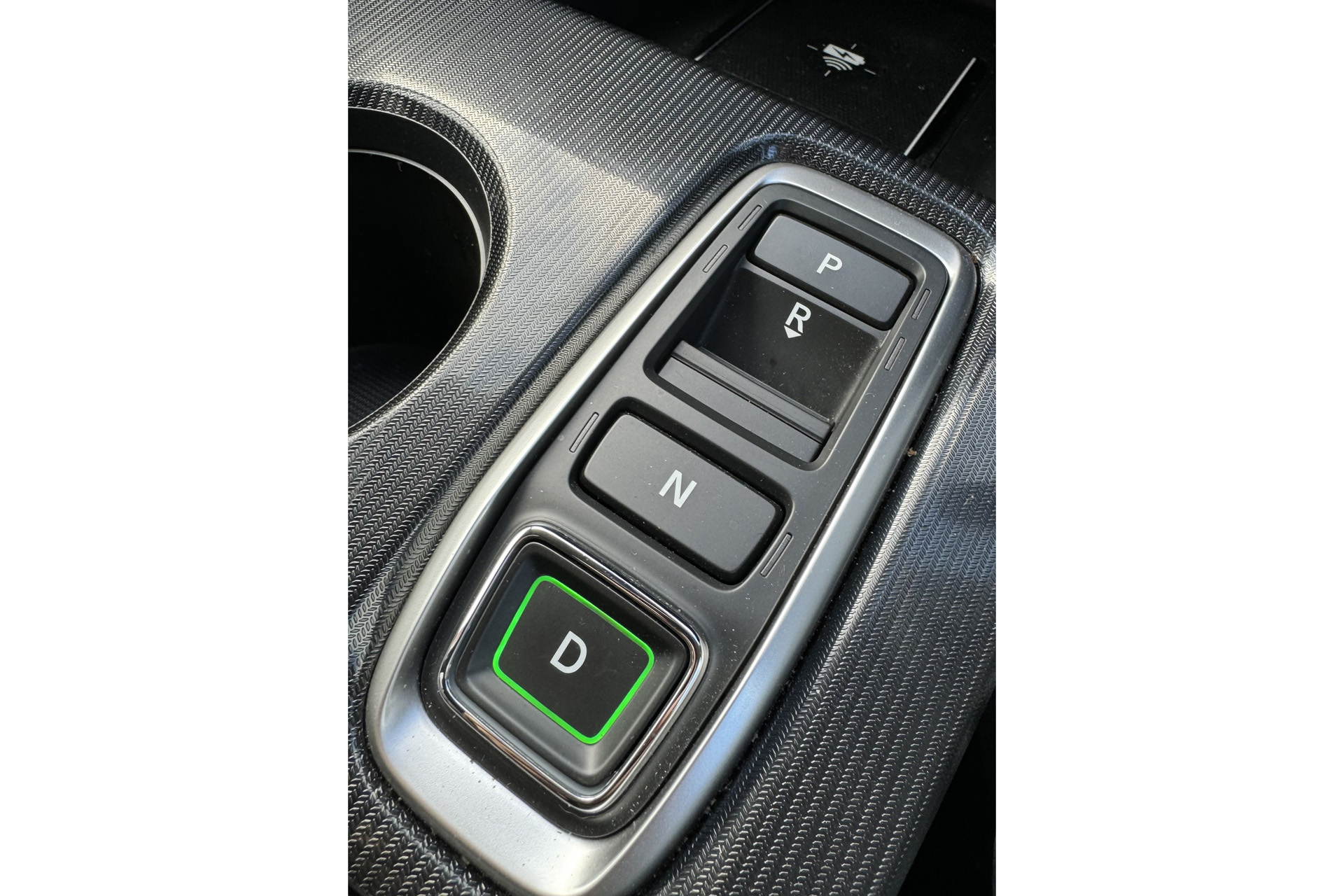
The switch from engine to electric motor is seamless, the car’s computer brain deciding the most efficient setup for the road conditions. There’s no sudden surge or break in power, the Honda just works it all out and keeps it simple.
And if you switch to Sport mode, the Civic can be fun to drive too, despite the extra weight of that battery under the rear seat.
The interior is smart, with more standard leather and luxury touches than you will find in other cars costing this much.
So, in answer to your previous question, the Civic is still a great car after all these years, but looking at what else is available – Volkswagen Golf, Toyota Corolla – it may not be the car you actually buy.
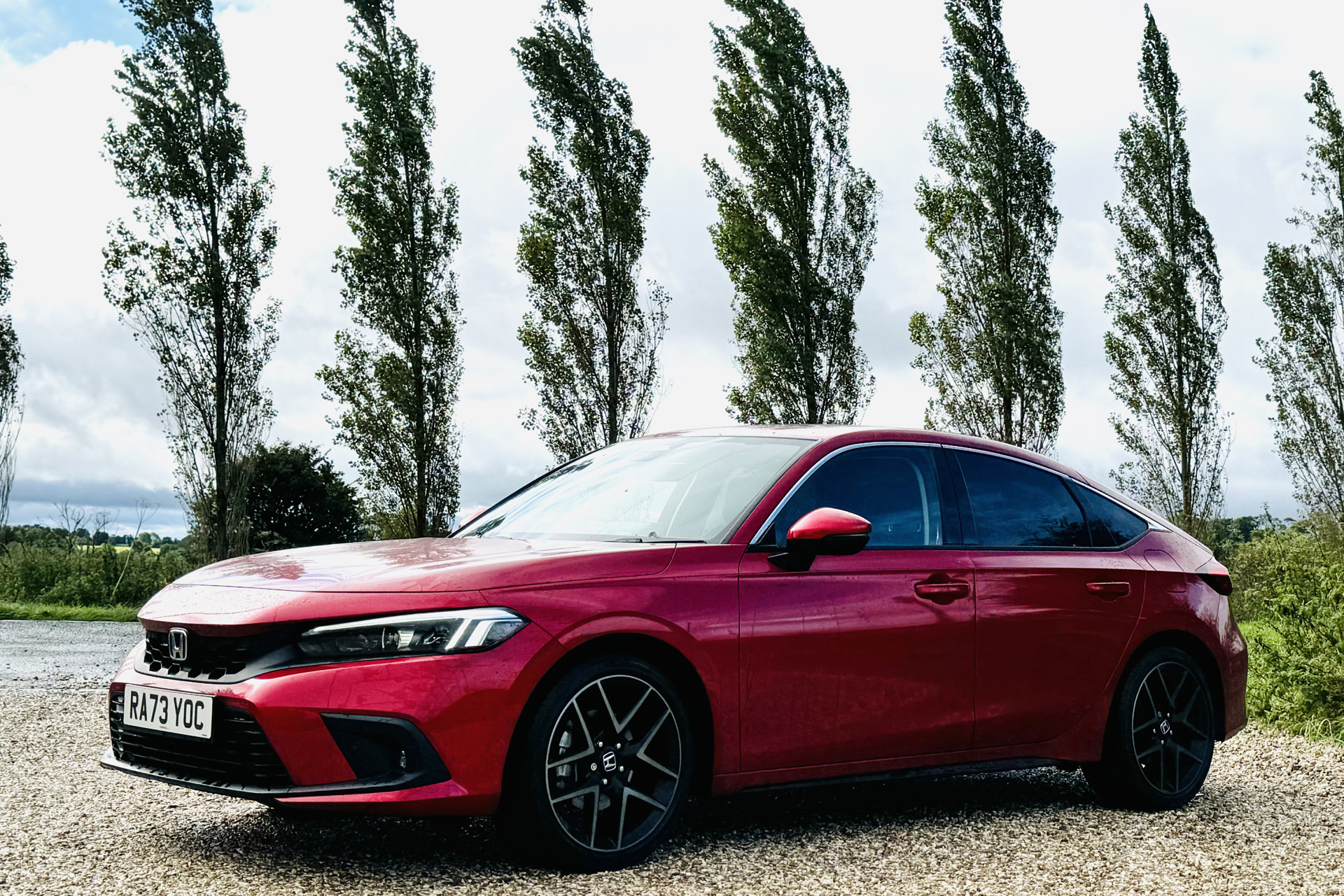
DISCOVER
Discover more about the Honda Civic eHEV at honda.co.uk
Jessica Talbot-Ponsonby is Director of Programmes at London College of Fashion, studying for a PhD in sustainable e-textile design.





